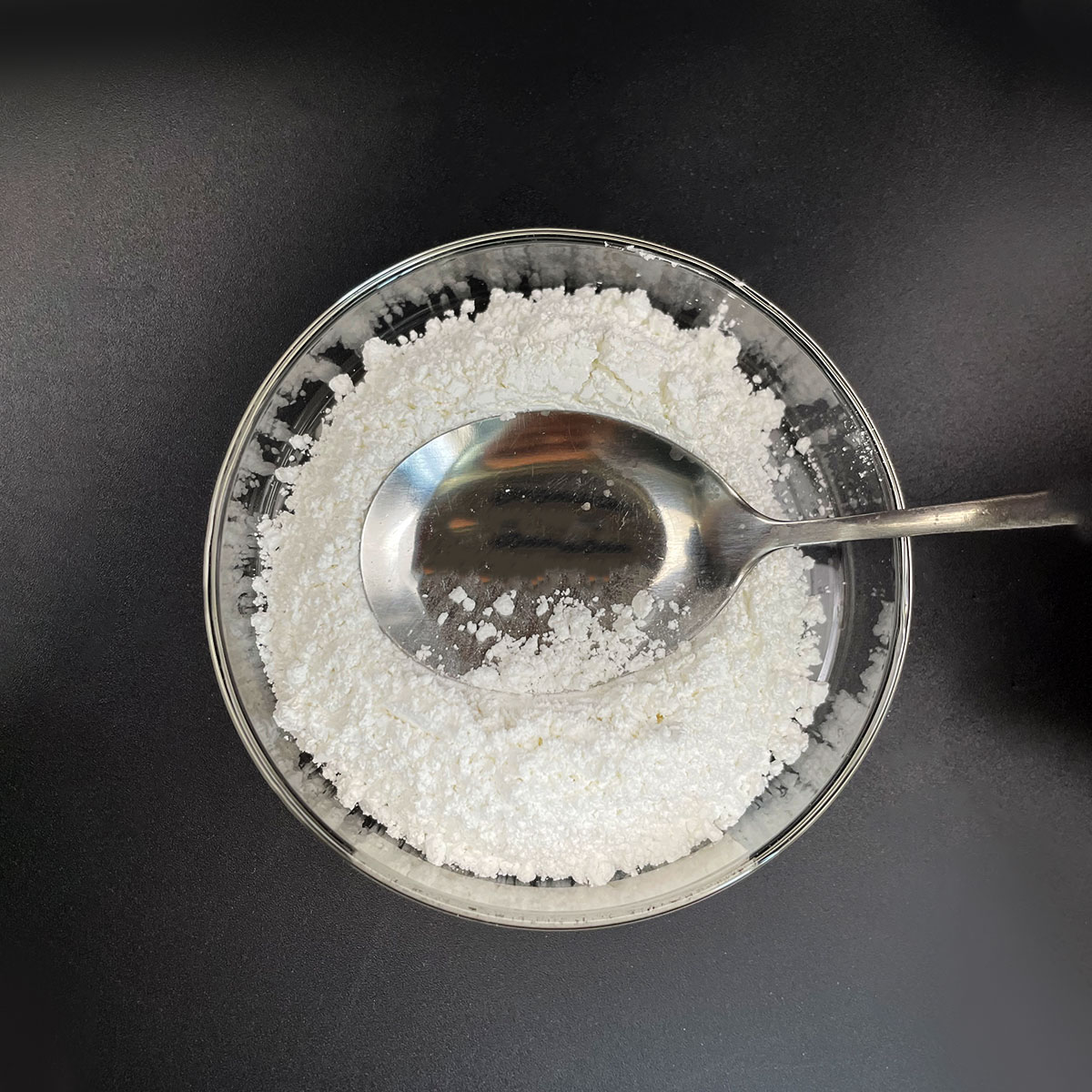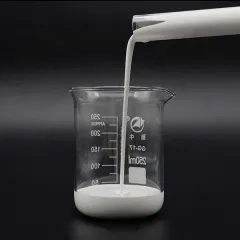Overview of 01-Surfactant for Hydraulic Fracturing Stimulation Polymer Fracturing Fluid System Surface Tention and Interfacial Tention Reduction
Polymer surfactants, also known as polymeric surfactants or amphiphilic polymers, are high-molecular-weight compounds that combine the properties of traditional low-molecular-weight surfactants with the unique features of polymers. Unlike small molecule surfactants, polymer surfactants offer enhanced stability, improved solubility, and the ability to form more complex structures such as micelles, hydrogels, and vesicles. These macromolecules find applications across a wide range of industries due to their tailored structures and tunable properties, which allow for precise control over interfacial behavior and solution rheology.
Features of 01-Surfactant for Hydraulic Fracturing Stimulation Polymer Fracturing Fluid System Surface Tention and Interfacial Tention Reduction
-
Molecular Weight and Structure: With a much higher molecular weight, polymer surfactants offer enhanced stability in harsh conditions and over prolonged periods compared to small molecule surfactants.
-
Tunability: The structure of polymer surfactants can be precisely engineered to include different functional groups, monomer sequences, and architectures, allowing for specific interactions and properties.
-
Multifunctionality: Apart from surface activity, they can also provide additional functionalities like thickening, rheology modification, and controlled release capabilities.
-
Self-Assembly: Capable of forming sophisticated self-assembled structures like micelles, hydrogels, and vesicles, which can encapsulate or release active ingredients in a controlled manner.
-
Environmental Compatibility: Many polymer surfactants are designed to be biodegradable and less toxic, making them suitable for eco-friendly applications.
-
Temperature and pH Responsiveness: Some polymer surfactants exhibit responsive behavior to changes in temperature or pH, enabling stimuli-responsive systems.

(01-Surfactant for Hydraulic Fracturing Stimulation Polymer Fracturing Fluid System Surface Tention and Interfacial Tention Reduction)
Specification of 01-Surfactant for Hydraulic Fracturing Stimulation Polymer Fracturing Fluid System Surface Tention and Interfacial Tention Reduction
The specification of the 01 surfactant in hydraulic fracturing stimulation polymer fluid systems is crucial to achieving surface tension and interfacial tension reduction. This surfactant must be carefully selected and applied to optimize fluid flow and reduce stress on the subsurface rocks.
The 01 surfactant should have a high molecular weight and strong hydrophobic properties, which will help to reduce friction and increase fluid flow rates. Additionally, it should have low toxicity and little interference with other chemicals used in the process.
When selecting the appropriate surfactant, it is important to consider the specific needs of the hydraulic fracturing operation. For example, if the water temperature is high, a surfactant that is less sensitive to heat may be more suitable. If the pressure gradient is significant, a surfactant that can withstand higher pressures may be necessary.
Once the surfactant has been chosen and applied, it is important to monitor its performance closely to ensure that it meets all of the requirements. This includes measuring surface tension and interfacial tension at various points along the production line, as well as assessing the impact of the surfactant on fluid flow rate, safety, and environmental impact.
In conclusion, the specification of the 01 surfactant in hydraulic fracturing stimulation polymer fluid systems plays an essential role in optimizing fluid flow and reducing stress on the subsurface rocks. By carefully selecting and applying this surfactant, operators can achieve improved drilling outcomes, lower costs, and greater environmental sustainability.

(01-Surfactant for Hydraulic Fracturing Stimulation Polymer Fracturing Fluid System Surface Tention and Interfacial Tention Reduction)
Applications of 01-Surfactant for Hydraulic Fracturing Stimulation Polymer Fracturing Fluid System Surface Tention and Interfacial Tention Reduction
01-Surfactant is an important component in the development of hydraulic fracturing (HF) stimulation fluid systems. Its applications in reducing surface tension and interfacial tension are significant, as these factors play a crucial role in the effectiveness of the fluid system.
One of the primary benefits of using 01-Surfactant is its ability to reduce surface tension. High surface tension can lead to difficulties in drilling fluids passing through small fractures in the rock, which can cause delays and reduced production rates. By increasing the surface tension of the drilling fluid, 01-Surfactant helps to prevent this issue from occurring, allowing for faster and more efficient drilling.
Another benefit of using 01-Surfactant is its ability to reduce interfacial tension. Interfacial tension refers to the force that exists between two immiscible liquids at the interfaces between them. In the case of drilling fluids, high interfacial tension can lead to difficulty in mixing the fluids together and creating a cohesive film. By decreasing interfacial tension, 01-Surfactant helps to improve the mixing process and ensure that the fluids are well-mixed together before they reach the fractures.
Overall, the use of 01-Surfactant in hydraulic fracturing stimulation fluid systems is an effective way to reduce surface tension and interfacial tension, resulting in improved drilling performance and increased production rates. By choosing the right type of 01-Surfactant, engineers and operators can optimize the performance of their fluid system and achieve optimal results in their hydraulic fracturing operations.
Company Profile
SurfactantChina is a trusted global chemical material supplier & manufacturer with over 12-year-experience in providing super high-quality surfactant and relative products.
The company has a professional technical department and Quality Supervision Department, a well-equipped laboratory, and equipped with advanced testing equipment and after-sales customer service center.
If you are looking for high-quality surfactant and relative products, please feel free to contact us or click on the needed products to send an inquiry.
Payment Methods
L/C, T/T, Western Union, Paypal, Credit Card etc.
Shipment
It could be shipped by sea, by air, or by reveal ASAP as soon as repayment receipt.
5 FAQs of 01-Surfactant for Hydraulic Fracturing Stimulation Polymer Fracturing Fluid System Surface Tention and Interfacial Tention Reduction
Q: What is the role of surfactants in hydraulic fracturing stimulation polymer fracturing fluid system surface tension and interfacial tension reduction?
A: Surfactants play an important role in reducing surface tension and interfacial tension within hydraulic fracturing fluid systems. They work by stabilizing interfaces between different phases of fluid, such as oil and water, by forming a film that reduces the surface tension between them.
One type of surfactant commonly used in hydraulic fracturing fluid systems is alkylbenzene sulfonate (ABS). ABS works by increasing the surface tension between oil and water by providing a rigid film that forms around the interface. This helps to reduce the risk of flow back into the wellbore after injection of fluid.
Another type of surfactant commonly used is polyoxyethylene sorbitol esters (POE), which works by increasing the interfacial tension between oil and water by promoting the formation of bubbles on the surface of the fluid. This helps to improve the flow rate and mixing of the fluid during injection.
It’s important to note that the choice of surfactant depends on the specific application of hydraulic fracturing fluid systems and the properties of the fluids involved. Different types of surfactants may be more effective at different interfaces or with different degrees of stability. Therefore, it’s essential to choose the right surfactant for each specific application.

(01-Surfactant for Hydraulic Fracturing Stimulation Polymer Fracturing Fluid System Surface Tention and Interfacial Tention Reduction)





